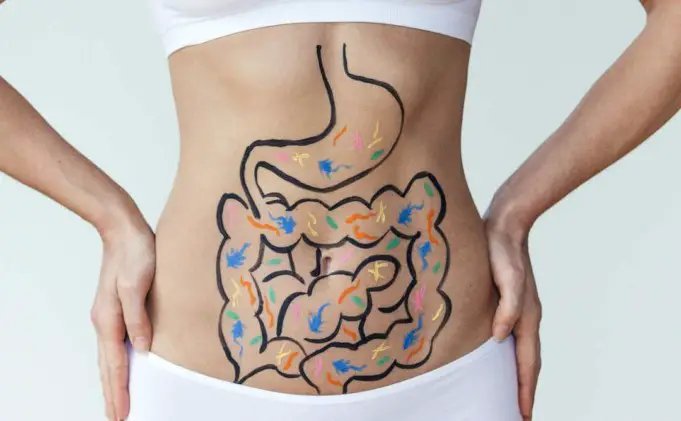Digestion is the breakdown of insoluble food into smaller components that can be easily absorbed into the bloodstream. In certain organisms, the small intestine is responsible for the absorption of these substances.
Digestion is a type of catabolism that occurs in two phases; mechanical and chemical digestion. The mechanical digestion is the physical breakdown of food in the mouth into smaller chunks – a process known as mastication – that can be synthesized by digestive enzymes.
Chemical digestion occurs when enzymes break down food into small molecules that can be used by the body. The saliva in the mouth contains amylase, which initiates the breakdown of starch in food.
The masticated food in the mouth forms a small, round mass known as bolus which travels down the esophagus and into the stomach where gastric juices begin the breakdown of protein in the food.
Pepsin and hydrochloric acid are the main components of gastric juice. Since these substances have the potential to damage the stomach, mucus is secreted and lines the stomach to protect it from the damaging effects of the acidic gastric juice.
While the gastric juices digest the bolus, further mechanical digestion occurs by peristalsis, which causes waves of muscular contractions to move along the stomach wall. The allows the digesting mass of food to further mix with the enzymes.
After a few hours, typically 1-2 for humans, the digested food becomes a thick liquid called chyme. The chyme enters the duodenum where it mixes with bile juice from the liver and more enzymes from the pancreas and then passes through the small intestine.
The walls the small intestine form wrinkles containing projections known as villi and microvilli that provide a large surface area where digested food molecules can diffuse and absorb in the blood vessels of the intestinal wall.
Majority of the nutrient absorption occurs in the intestine. Water and minerals are reabsorbed back into the blood in the colon (large intestine) where the pH is slightly acidic, ranging from 5.6 – 6.9.
Vitamins like vitamin K and biotin are produced by bacteria in the colon and are reabsorbed into the colon. The resulting waste material is stored in the rectum where it is eliminated during defecation.
How does the body control digestion?
The body controls the digestive process with the help of hormones and nerves. There is an exchange of signals between the gastrointestinal tract and the brain.
The cells lining the stomach and small intestine produce and release hormones the controls the digestive system. These hormones inform the body on when to produce digestive juices and send signals to the brain when one is hungry or full.
Some nerves specifically connect the central nervous system – the brain and spinal cord – to the digestive system, and these nerves control some digestive functions. For instance, the sight or smell of food triggers nerves that signal the brain, which causes the salivary glands to make the mouth water and prepare one to eat.
Additionally, the enteric nervous system (ENS) – nerves with the walls of the gastrointestinal tract – may release different substances that speed up or delay the movement of food and the production of digestive juices.
Why is digestion important?
The body needs nutrients from food and drinks to work optimally and stay healthy. These nutrients include fats, proteins, carbohydrates, vitamins, minerals and water, and the body can only access them via digestion.
The digestive system breaks the nutrients in components small enough for the body to absorb and use for growth, energy and cell repair. Proteins break down into amino acids, while carbohydrates break down into simple sugars.
Fats break into fatty acids and glycerol.
Source
- Digestion; Wikipedia
- What is digestion; Medical.net
- Your Digestive System and How It Works; NIDDK












